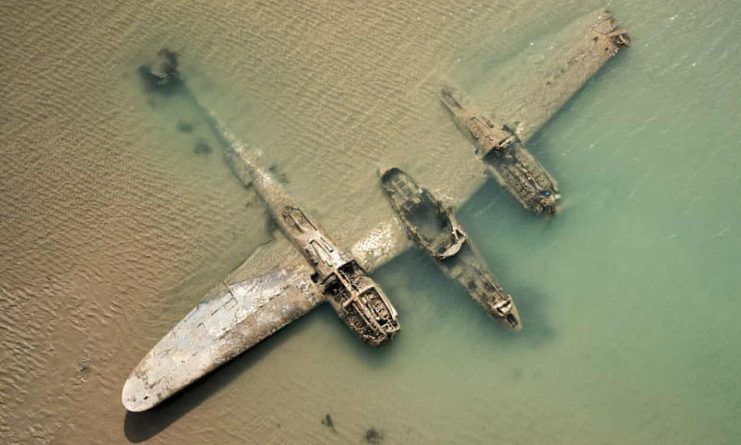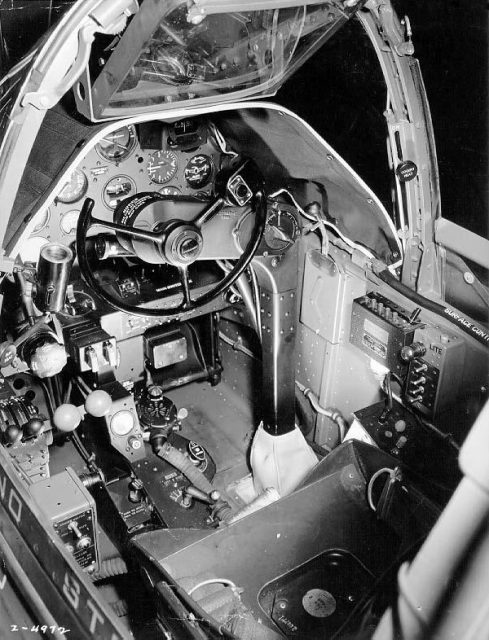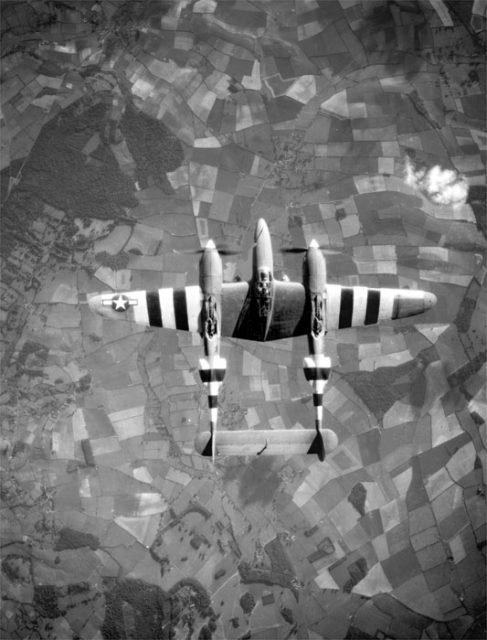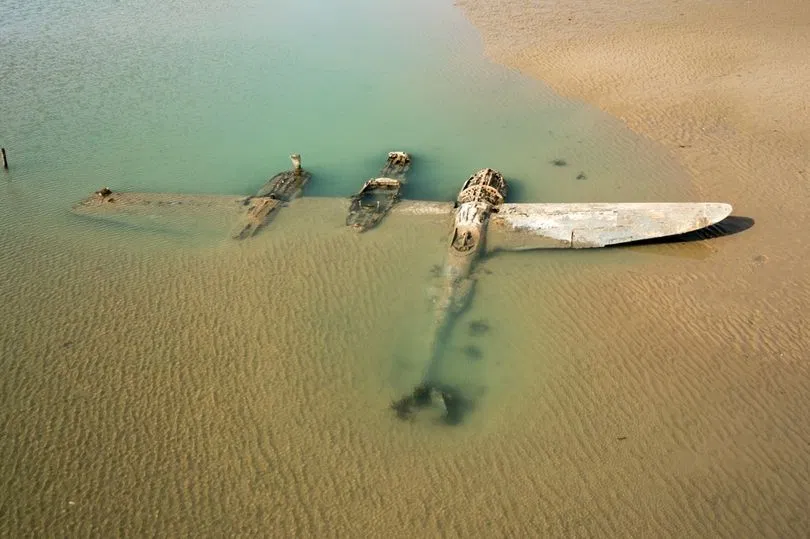Officials in the United Kingdom have announced that a P-38 Lightning fighter plane from World war II has been granted official protection status, 77 years after it crashed into the sea north of Wales.
In September 1942, a Lockheed P-38 Lightning, flown by Second Lieutenant Robert F Elliott, was undertaking gunnery practice.
When he ran into difficulties and crashed into the sea just off the coast of Harlech in Gwynedd in Northern Wales. 2nd Lt. Elliott survived the crash but was killed when he was shot down over Tunisia some months later.
The plane is usually hidden under some seven feet of sand, but with the right wind and wave conditions, the aircraft is sometimes uncovered. The first time this happened was in the 1970’s, and more recently, it was spotted in 2014.

As the plane has both military as well as archaeological and historical significance, so it has been accorded protected status.
This means that the authorities will record what is significant about the site and ensure that any future developments or changes near the site do not result in the loss of what is significant about the protected site.
This is the first time that the crash site of a military aircraft has been afforded this status.
The move to afford the plane protected status has come from his nephew, Robert Elliott, from Kingsport, Tennessee, in the USA.
Robert Elliott is a US Navy veteran, and his desire to fight for his country was inspired by stories about his uncle.
He kept letters and photographs of his uncle, and after many years of research, he approached the authorities to set in place a protective area around the crash site.

Senior Inspector Jon Berry said they had been moved by the correspondence between themselves and Robert Elliott, and he hoped that one day they would be able to meet in person.
In a statement released by Robert Elliott, he said, “‘I am honored and delighted that Cadw has given official recognition of my uncle’s P38F as a scheduled Ancient Monument.
My uncle was among those brave and expert fighter pilots who served with distinction during WWII. My visit to the site with my wife Cathy in 2016 was very moving and emotional.”
The P-38 Lightning was a formidable plane, in its time. The P-38 entered service with the US 1st Fighter Group in 1941 and assigned to protect the US West Coast against the anticipated Japanese invasion.
In 1942, most of the P-38 squadrons had been sent to Britain and assigned to Operation Bolero, when the US joined the Allied war effort.
Other groups were dispatched to North Africa, where they were given the task of gaining superiority over the skies of the Mediterranean.
The P-38 quickly gained the respect of the German forces, and it was assigned the nickname of the ‘fork-tailed devil.’
In the European theatre of war, the P-38 was used to escort bomber flights from Britain due to its long-range capability, but it suffered numerous engine problems due to poor fuel quality.

In the Pacific theatre, the P-38 flew an important mission on the 18th April 1943, when 16 P-38’s were dispatched from the USAF base at Guadalcanal with instructions to search out and intercept a flight carrying the Japanese Commander-in-Chief, Admiral Isoroku Yamamoto.
He was the C-I-C of the Japanese Combined Fleet, based near the island of Bougainville and a prime Allied target.
The P-38’s flew below the radar at wave-top level, and they were successful in bringing down the plane carrying Admiral Yamamoto along with three other aircraft from the group.
At the end of the war, the P-38 had been responsible for shooting down over 1,800 Japanese aircraft. Over 100 pilots relied upon their P-38s to gain them ace status.
Another Article From Us: Remains of B-17 Gunner Identified
It is fitting that such an iconic plane should receive protected status.
